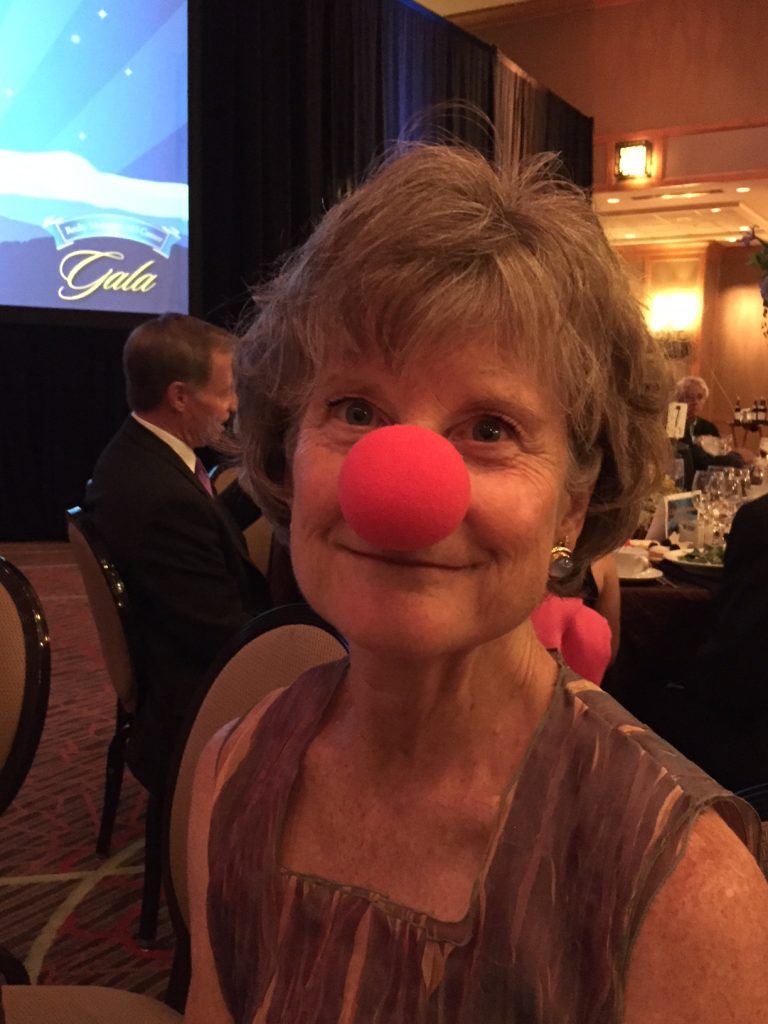Making Friends in Nine Minutes

What if we could make friends more quickly and more predictably? Would we make more friends? Would life be better? Would we be happier? Would we take fewer tranquilizers?
What if we could make friends in nine minutes?
We usually think of making friends as a pleasurable process. We don’t usually think of it as a necessary process. We could, I suppose, survive reasonably well without making friends. But what if you have to make friends? How would you do it?
This is a problem that faces some social science researchers. If you want to study relationships – how they form, how they influence behavior, etc. – you need to be able to create relationships and measure their degree of closeness.
For instance, you might want to study the effect of friendship on, say, pro-social behavior. Do people in friendly relationships do more good works or fewer? You invite pairs of friends to participate. Assume that you want to compare pairs of people who have been friends for less than six months. You could sort through pairs of people to find those who fit your criteria. But it’s complicated and imprecise.
Alternatively, you could recruit strangers, pair them up randomly, and induce friendships among them. What’s the advantage? Constantine Sedikides and his colleagues wrote about this in their paper, “The Relationship Closeness Induction Task.” They note that “Because newly formed laboratory relationships lack a history of … past interactions, … the researcher is able to examine the effect of relationship closeness per se on the dependent measurements….” Random assignment also reduces the impact of pesky intervening variables.
The methodological advantage seems clear. But … how do you induce a friendship? Sedikides et. al. describe several methods that didn’t seem to work very well. They then propose the Relationship Closeness Induction Task (RCIT) which is built on “… the principle that a vital feature in the development of a close relationship is reciprocal and escalating self-disclosure.” In simpler terms, by sharing information about yourself (self-disclosing) with a stranger who also shares information, you develop a closer relationship.
The RCIT consists of three lists of questions – 29 questions total — and participants are asked to spend nine minutes “mutually self-disclosing”. They spend one minute on List 1, three minutes on list II, and five minutes on List III. The authors note that the RCIT has proved its validity in four different ways:
- Participants reported a higher level of relationship closeness than did control groups, with no gender differences found.
- RCIT induced closeness created statistically significant impacts on dependent variables in several different studies.
- Participants reported that they had adequate privacy and felt comfortable with the process.
- In the allotted nine minutes, participants answered 90% of the questions.
The original questions were written for college students; they’re the most likely participants in these kinds of studies. With just a bit of imagination, however, you could pull out the college-related questions and substitute other, more relevant questions in your friendship induction process.
I suspect by now that you would like to know the 29 questions. Here they are. Now go out and make some friends. You’ve got nine minutes.
List I – One minute
- What is your name?
- How old are you?
- Where are you from?
- What year are you in at University X?
- What do you think you might major in? Why?
- What made you come to the University of X?
- What’s your favorite class at the University of X? Why?
List II – Three minutes
- What are your hobbies?
- What would you like to do after graduation from the University of X?
- What would be the perfect lifestyle for you?
- What is something you have always wanted to do but probably never will be able to do?
- If you could travel anywhere in the world, where would you go and why?
- What is one strange thing that has happened to you since you have been at the University of X?
- What is one embarrassing thing that has happened to you since arriving at the University of X?
- What is one thing happening in your life that makes you stressed out?
- If you could change anything that happened to you in high school, what would that be?
- If you could change one thing about yourself what would that be?
- Do you miss your family?
- What is one habit you’d like to break?
List III – Five minutes
- If you could have one wish granted, what would that be?
- Is it difficult or easy for you to meet people? Why?
- Describe the last time that you felt lonely.
- What is one emotional experience you’ve had with a close friend?
- What is one of your biggest fears?
- What is your most frightening early memory?
- What is your happiest early childhood memory?
- What is one thing about yourself that most people would consider surprising?
- What is one recent accomplishment that you are proud of?
- Tell me one thing about yourself that most people who already know you don’t know.